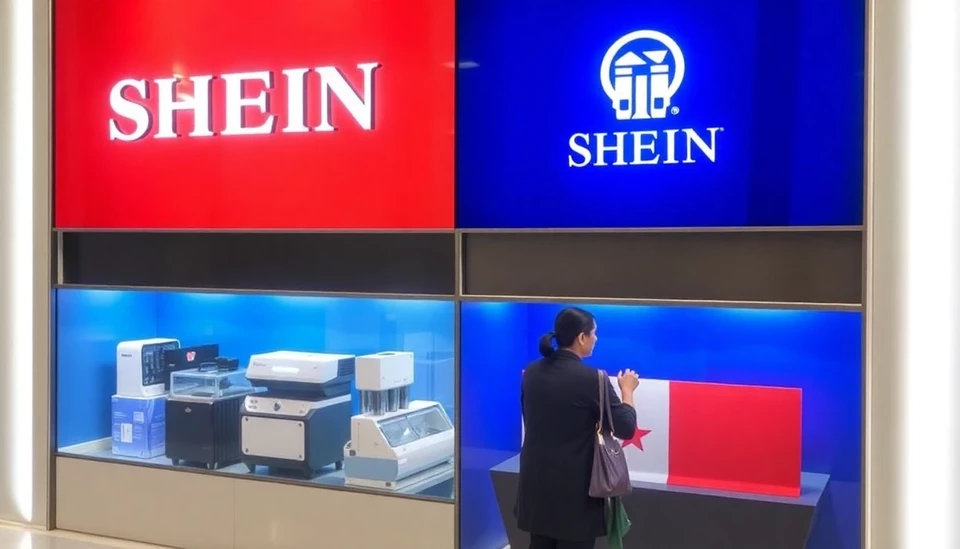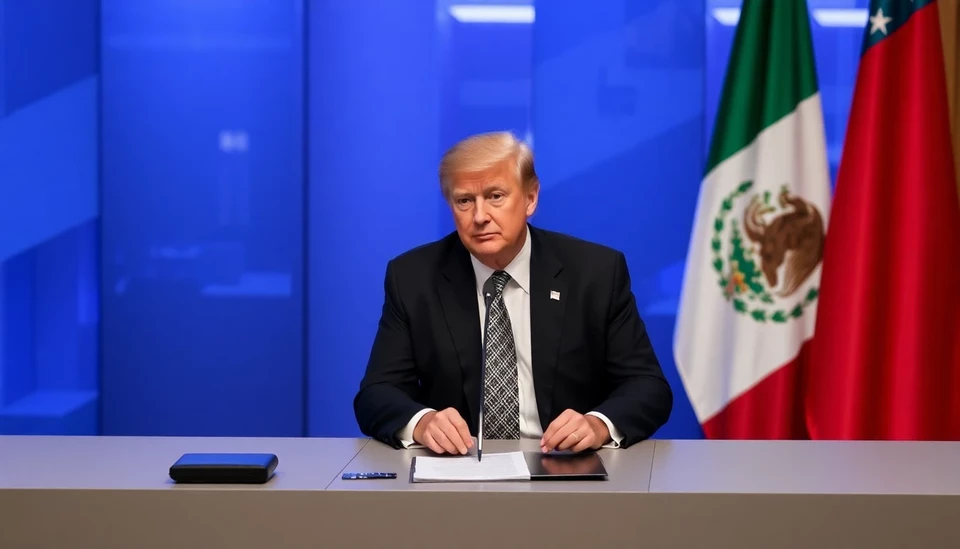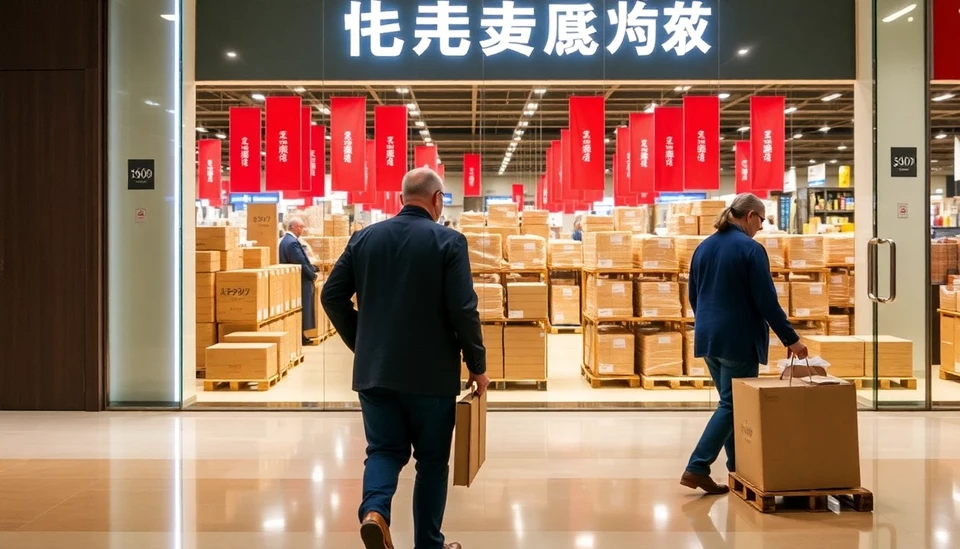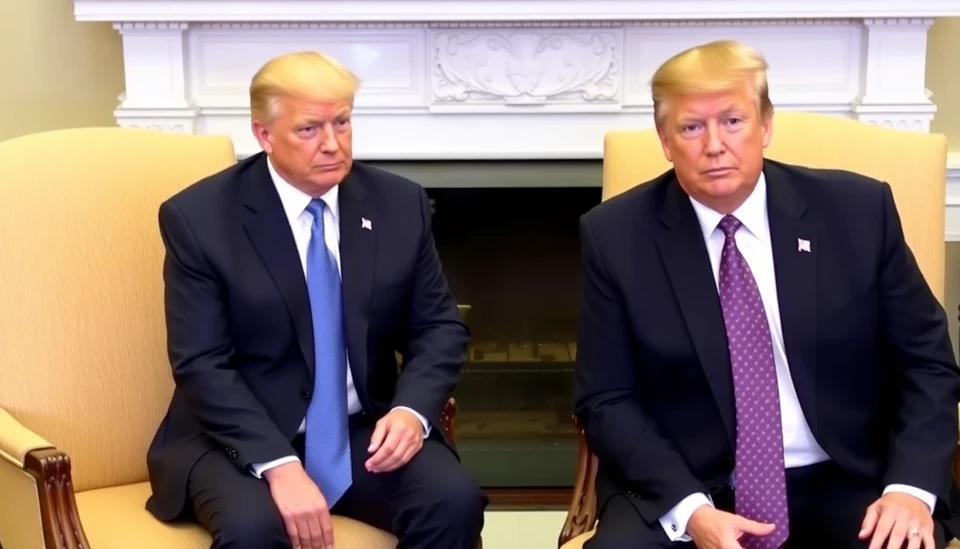
In a significant move reflective of shifting global supply chains, SHEIN, the popular fast-fashion giant, has been proactive in urging some of its Chinese suppliers to diversify their manufacturing operations to Vietnam. This strategic pivot comes as the brand seeks to mitigate risks associated with potential geopolitical tensions and trade restrictions impacting its operations in China.
SHEIN has established itself as a dominant player in the online fashion market, capitalizing on rapid production timelines and an extensive product range that resonates with a younger demographic. However, the ongoing uncertainties in the geopolitical landscape have prompted the company to reassess its dependency on Chinese manufacturers, which historically have been the backbone of its supply chain.
According to sources familiar with the matter, SHEIN has begun discussions with select suppliers about the possibility of relocating some of their manufacturing to Vietnam. This shift is notably in line with broader trends observed across various industries, where companies are increasingly seeking to reduce reliance on China as a manufacturing hub due to rising labor costs and the looming threat of tariffs imposed by Western nations.
In recent years, Vietnam has emerged as a favored alternative for many Western companies looking to diversify their manufacturing bases. The country benefits from favorable trade agreements, a young workforce, and proximity to major markets, making it an attractive choice for companies aiming to maintain competitive pricing without compromising on quality. SHEIN's decision to encourage suppliers to set up operations in Vietnam is a testament to this evolving landscape.
Furthermore, this tactic not only highlights SHEIN's foresight in adapting to potential supply chain disruptions but also underscores a shifting industry paradigm where resilience and flexibility are paramount. By fostering a diversified supply chain, SHEIN aims to safeguard its business from adverse effects stemming from political and economic uncertainties.
Despite this strategic shift, SHEIN continues to maintain strong ties with its existing Chinese suppliers. The fast-fashion retailer recognizes the importance of balancing its supply chain, leveraging the efficiency and expertise that its Chinese partners offer. However, as the geopolitical climate evolves, the company's inclination towards diversification signals a cautious yet proactive approach to future-proofing its operations.
In conclusion, SHEIN's initiative to move aspects of its manufacturing to Vietnam serves as a clear indicator of the changing dynamics within the global supply chain landscape. As the company navigates these complexities, it remains committed to enhancing its operational resilience while continuing to deliver on its promise of trendy, affordable fashion to consumers worldwide.
#SHEIN #Vietnam #SupplyChain #GlobalTrade #FastFashion #Geopolitics
Author: Samuel Brooks




